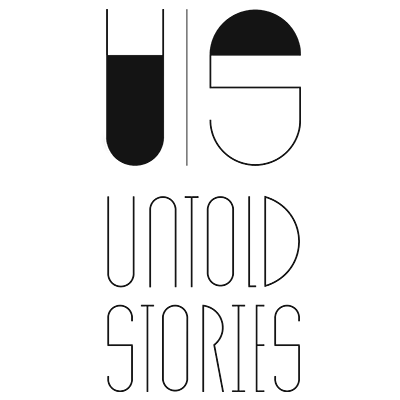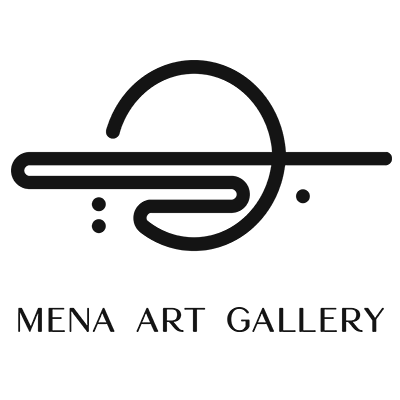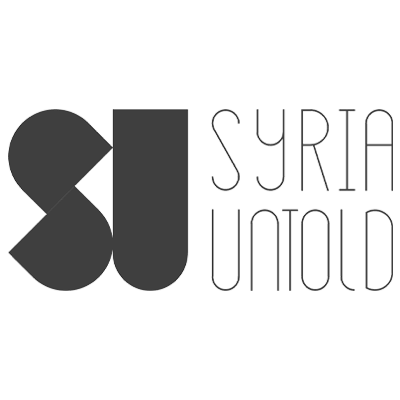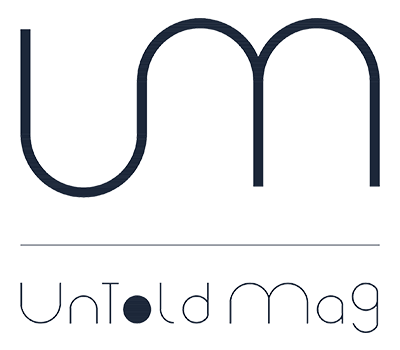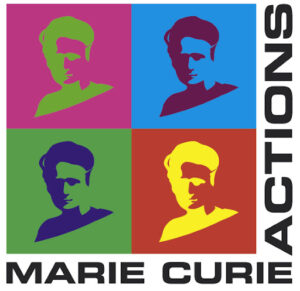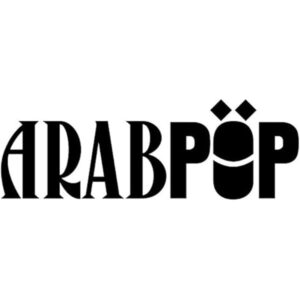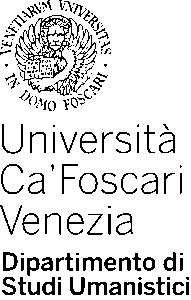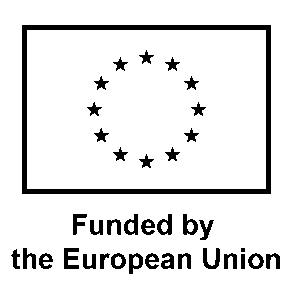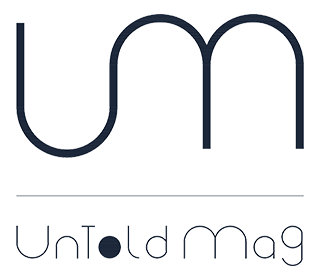We witnessed many openings that day, and many more followed. Some of these openings were joyful in their essence, while others were haunting and painful. The doors of prison cells and their archives unlocked, as did the doors of the presidential residence and the private photo albums of Bashar al-Assad. Syrian borders and homes also opened, welcoming back those Syrians forced to leave with no hope of return. The eternity that the Ba’athist reign of al-Assad carefully stitched together resembled an impenetrable cloth enveloping every horizon – including a future of such openings. Not long ago, this future that is now present, seemed not only impossible and unforeseeable, but utterly unimaginable.
Today, we opened our archives too.
In full honesty to you, our dear reader, this opening has its origin in a time when this over-consumed cloth was impossible to rip – the only reality we knew and inhabited. In this spirit of acceptance and defeat, however, we believed there was still something meaningful to say about a past, a revolutionary time, that felt closed and sealed forever as a political project.
You can retrace this origin of this collection in the acts of documenting and archiving that, since the revolution, had been powerful tools for recording the realities of war. They also became a form of resistance against oppression and the foundation for demands of justice and accountability in Syria and its diaspora. The preservation of stolen, smuggled, salvaged materials – be it videos, memoirs, images, testimonies, or stories – has been a powerful medium to keep the revolutionary ethos alive, proving to the world that this ‘event’ existed.
A living tapestry
We envisioned the introduction of this collection on the act of archiving as both a continuation of this trajectory and a departure from it. Our endeavour sought to capture how archiving infiltrates the way we think, speak, and attempt to write about the revolution – what came before and after – as our own thoughts penetrate facts. The constitution of these archives waives the personal and the collective, the lived and the imagined, the past and the present.
They are fragments that unfold as a living tapestry – a clock, a song, the sea’s infinite waves, a broken TV, the green buses and a bureaucratic site. Each fragment of our archive vibrates with its own resonance, defying the constraints of order and resisting unified narratives. Each word becomes a gesture of defiance, a refusal to let fleeting moments of hope and despair fade unread.
Before December 8th, 2024, these fragments were all we had to comprehend a history shaped by loss and exile – to make a claim on time through what was archived and written. But when the unimaginable turns into reality, time returns to the present, carrying the possibility of hope and restoration which also infiltrated our own words. The clock of history ticks once more and time starts to flow again. It reminds us that history – and these archives – are not static repository of “what was”, but a living, creative force that shifts and breathes, bearing the weight of what was and the promise of what could be. New light illuminates spaces of grief and melancholia, fear and humiliation we thought we understood, but never fully grasped. What we once treated as eternal had to be reimagined as the cloth and its threads are now ripped apart.
Writing, archiving
This has been true prior to December 8th, 2024 and, even more, in its aftermath. As we wrote down these archival fragments, we noticed their becoming a conduit through which history is continually reimagined and reshaped. These fragmented archives weave together the disconnected threads of history and breathe life into memory. Time collapses and reforms, no longer linear, but circular, offering moments where endings become beginnings, where loss unfolds into the possibility of renewal. Our act of writing became a transformative vessel, a time machine that navigates the fragile boundaries between memory and the present, contributing to the formation of these archives and their constant reconfiguration.
Writing and archiving are not merely intellectual exercises but emotional and political acts – a refusal to surrender memory to silence. Even objects shed their passivity and become subjects—autonomous, breathing entities. The Citadel of Aleppo evokes childhood – a labyrinth of the past, reshaped by the revolution. A bridge is formed between these sites of memory, embodying both shelter and loss. The loss is palpable in the devastation of Aleppo, but also in the silence of the sea, which carries countless untold stories, dreams of survival, and death. A clock, once silent, begins to tick defiantly, reclaiming lost time from the abyss of forgetting. On the dance floor in Berlin, the echoes of Abdul Baset al-Sarout’s voice merge into a new rhythm, intertwining Syria 2011 with the neon-lit nights of 2019, where past revolutions dissolve into pulsating beats and scattered fragments of hope.
In our attempt to write down our own archive and archiving our own fragments, we pursued meanings in the chaotic and fragmented expanses of memory. In a world where ruptures and losses shape the surface of history, we search for fragments whose stretching towards each other offer insights into the “how” and “why” amidst the “what.” This search for meanings becomes a vibrant and fluid, at times even fugacious, confrontation with the past. Rather than dwelling in simple explanations, we sought meanings in the ambiguity of experience.
In what follows, dear reader, we share the meanings carried by the echoes of lost voices, pieces of revolution, the bitterness of missed opportunities, the taste of unexpected renewals. Yet, meanings, like archives, remain ever elusive – a fleeting shimmer, a thought we believed we’ve grasped, only to see it slip away. In this pursuit, these archives become spaces of metamorphosis – an ongoing process that confronts us with questions we may never fully answer, propelling us forward today, as they did yesterday.
This text was written prior to February 2025. The text is part of the dossier “Eternity Unwoven,” curated by Veronica Ferreri and Inana Othman.
The dossier is a collaboration of Archivwar with Untoldmag and Arabpop
Graphic project: Greg Olla
This project has received funding from the European Union’s Horizon Europe Resarch and Innovation Programme under the Marie Sklodowska-Curie grant agreement No. 101064513 “ARCHIVWAR – Archives in Times of War: Scattered Families and Vanishing Past in Contemporary Syria” Funded by the European Union.
Views and options expressed are however those of the author(s) only and do not necessarily reflect those of the European Union or the European Execute Agency. Neither the European Union nor the granting authority can be held responsible for them.
